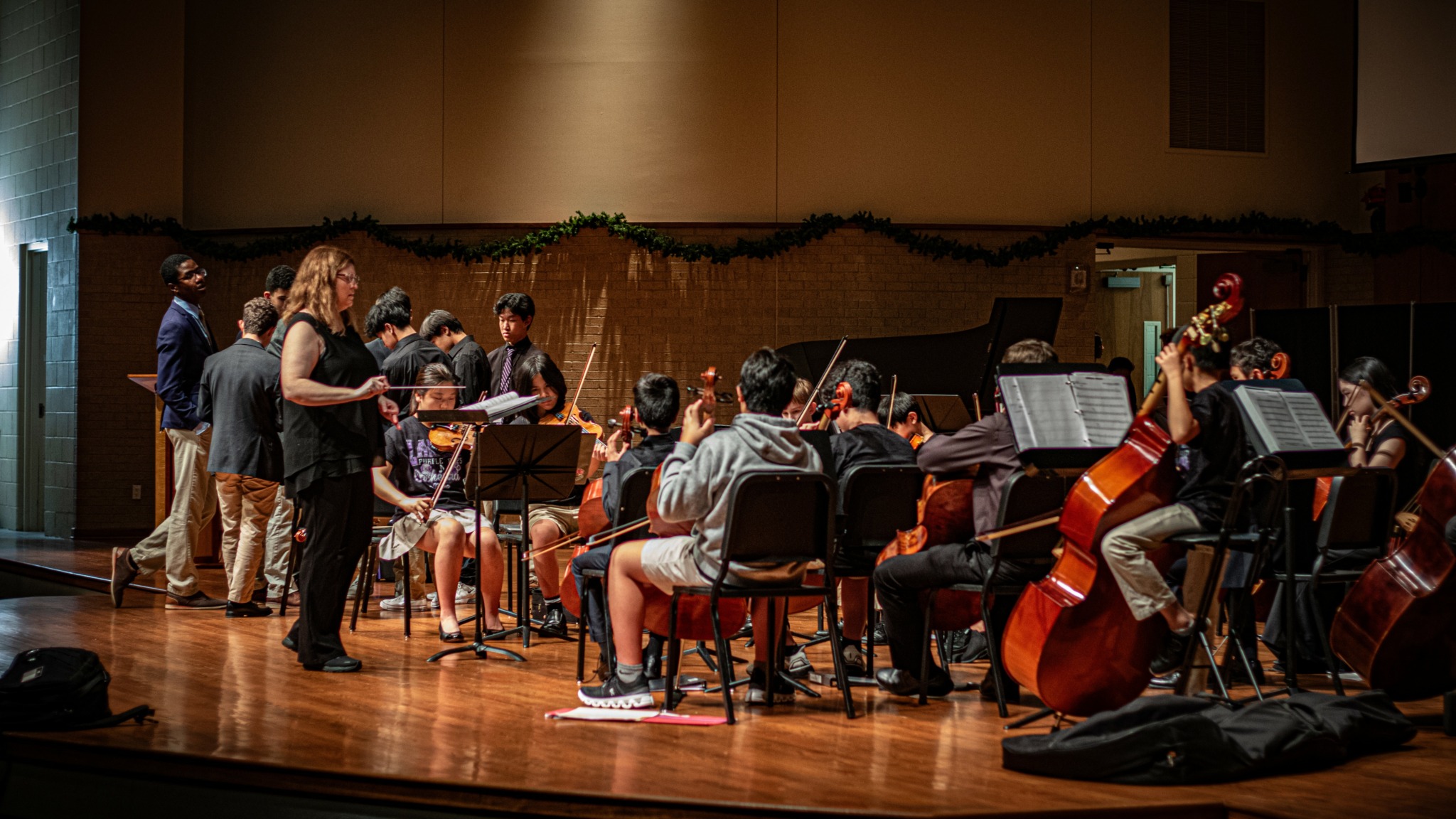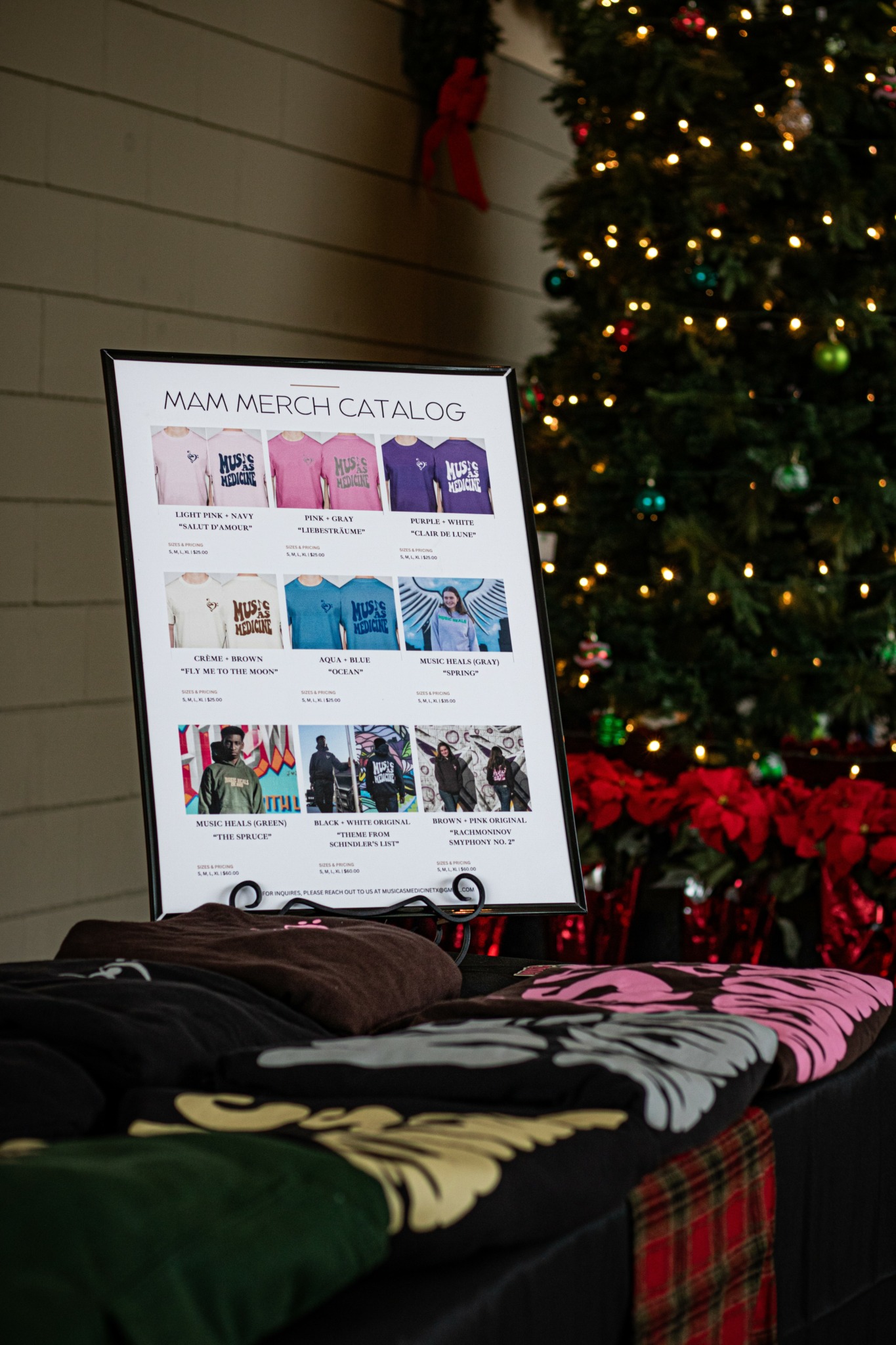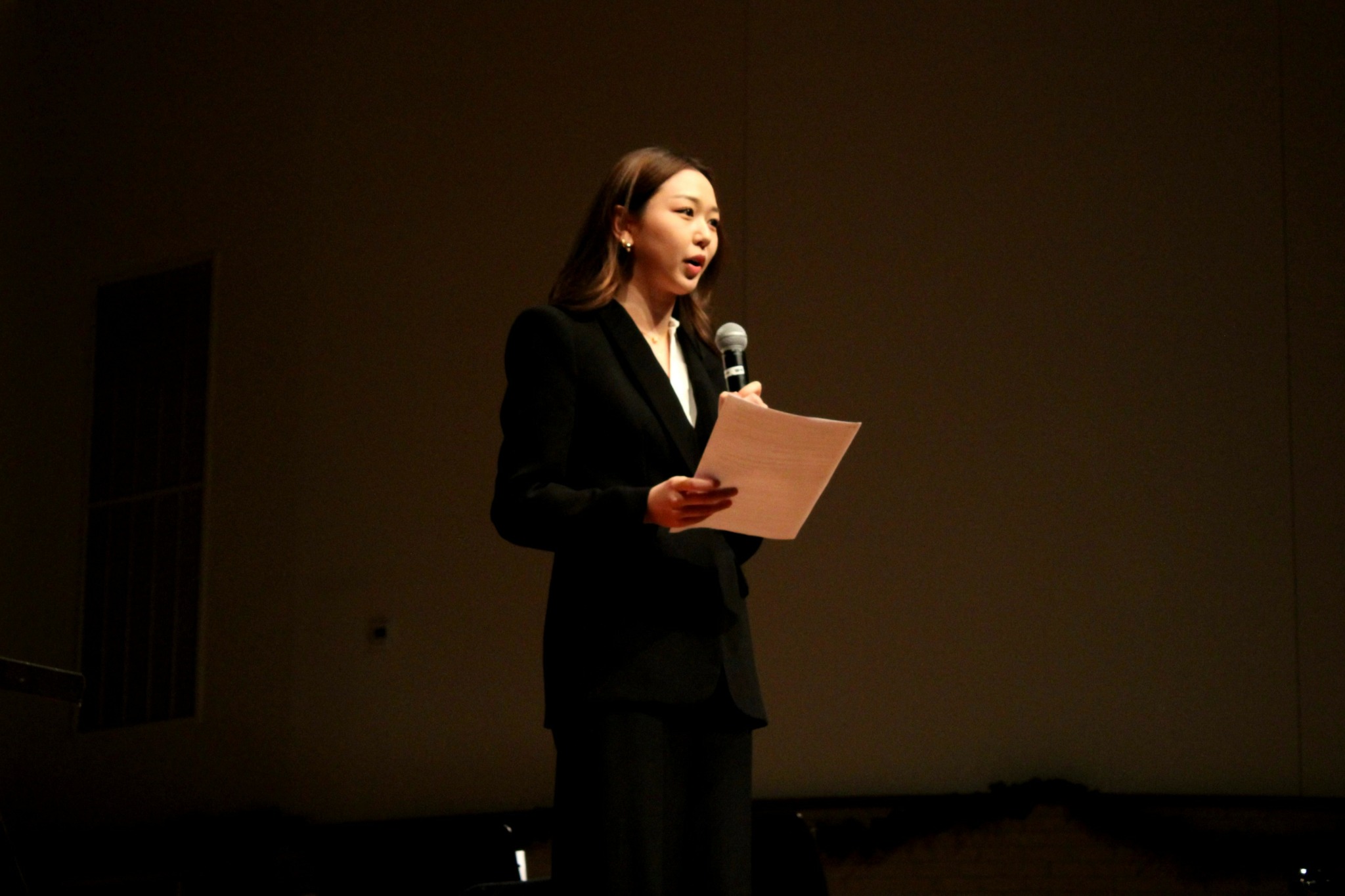We caught up with the brilliant and insightful Mary Shim a few weeks ago and have shared our conversation below.
Mary, looking forward to hearing all of your stories today. We’d love to have you retell us the story behind how you came up with the idea for your business, I think our audience would really enjoy hearing the backstory.
Music as Medicine began during the early days of the pandemic, when so many of us, especially students, were left suspended in uncertainty. I had just started high school at a medical magnet program for health professions, where I had hoped to spend my time shadowing, volunteering, and learning on clinical rotations. Instead, those opportunities were put to a halt, indefinitely.
The typical volunteering I had hoped to do by greeting patients, delivering medical supplies, and assisting with administration now had to become something different. I turned inward, toward the one thing that had always been a constant for me: music. I’ve played violin for over a decade, and before the pandemic, I had performed for the seniors at my church. I realized that I could continue doing this. Just slightly differently. Even in isolation—even through a screen—music could still reach people. It could still soothe, connect, and humanize.
That’s how the idea started: virtual performances for patients who were alone. Music, after all, is a form of language that requires no translation. It’s a kind of medicine that doesn’t rely on words, and in moments where words fall short, it can still offer something deeply human—comfort, presence, empathy.
What followed was unexpected. The club grew rapidly—over 60 students joined and we became one of the largest clubs at our high school. I reached out to various hospitals and long-term care centers in the Texas Medical Center to offer our performances, and the responses we received from patients and staff alike were deeply moving. Eventually, we were coordinating in-person performances once safety allowed, and receiving handwritten thank-you notes from patients, young and old alike, reminded me of the simple yet profound impact music could have on healing and morale.
As students from other schools reached out for guidance on launching similar efforts, I realized this idea had broader potential. During my junior year, I made the decision to formally establish Music as Medicine as a nonprofit organization—not for the sake of resumes or accolades, but because the mission had taken on a life of its own.
Today, Music as Medicine is a national 501(c)(3), President’s Volunteer Award Certifying nonprofit with nearly 50 chapters across the U.S. We’ve raised over $30,000 to support our Music for Change Foundation and are expanding partnerships with care centers nationwide to continue using music as a tool for empathy, healing, and connection.
The idea wasn’t to solve a problem no one had ever thought of—but to meet a familiar need in an unfamiliar time, using a medium that has always spoken directly to the heart.
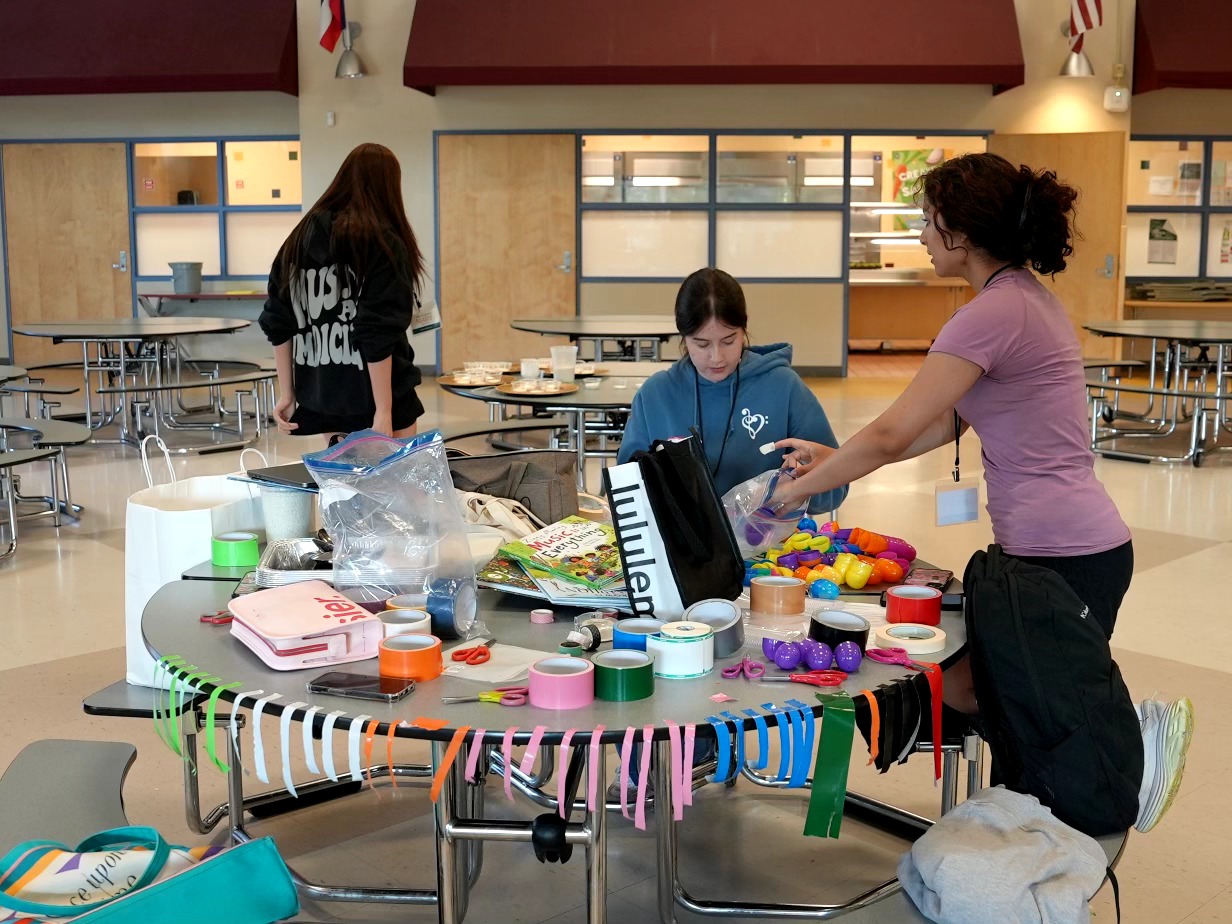
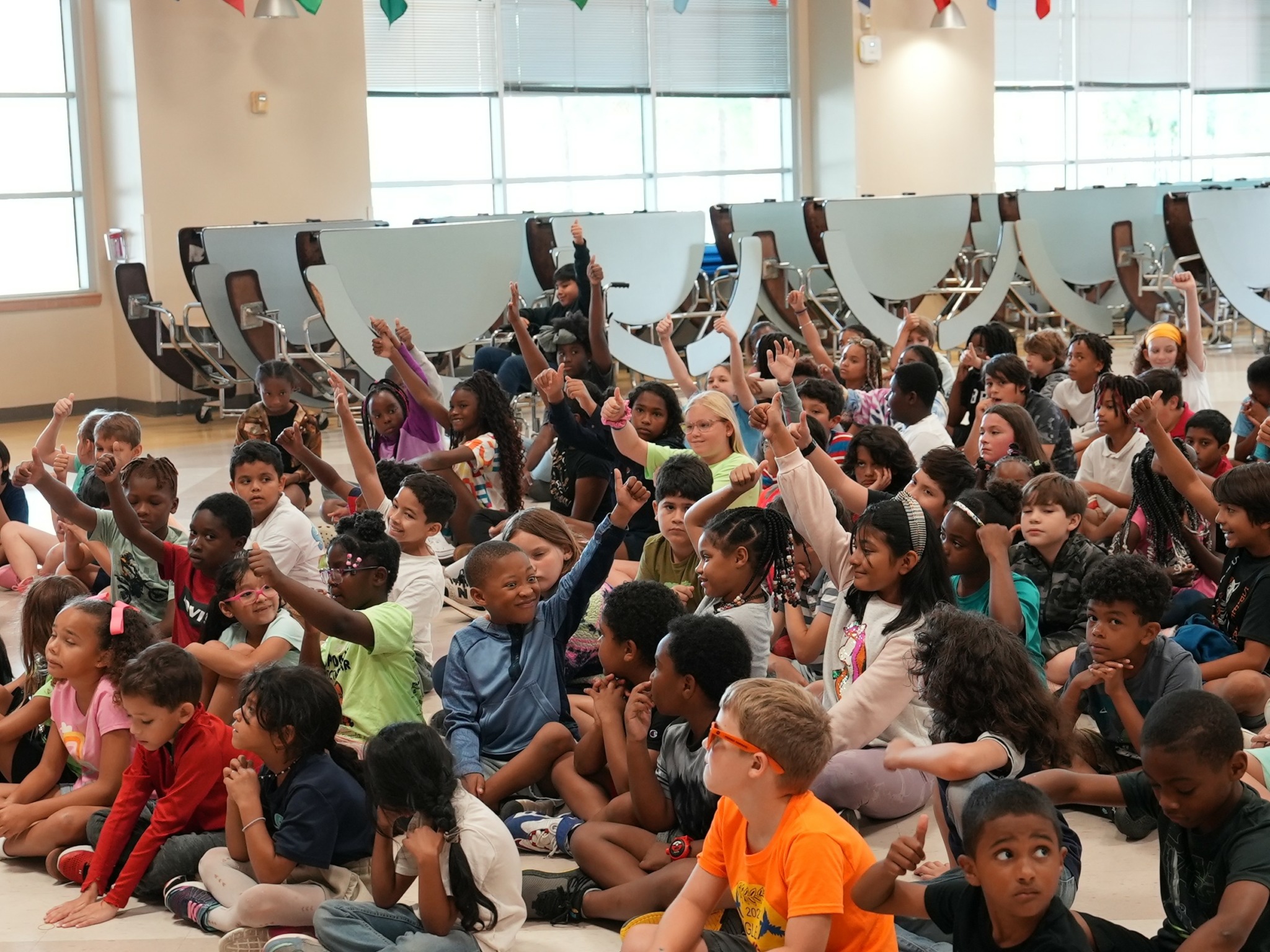
Great, appreciate you sharing that with us. Before we ask you to share more of your insights, can you take a moment to introduce yourself and how you got to where you are today to our readers.
My name is Mary Shim, and I’m the Founder and CEO of Music as Medicine, a national 501(c)(3) nonprofit dedicated to harnessing the power of music to bring emotional support, comfort, and joy to patients and care communities. I am a current student at Princeton University majoring in Neuroscience with minors in Bioengineering and Global Health & Health Policy. As my studies suggest, my academic and professional interests lie at the intersection of medicine, business, and global health.
I’ve been a violinist for over 12 years and am a proud alum of the Houston Youth Symphony. I graduated as valedictorian from DeBakey High School for Health Professions, where my interest in medicine took root in service and interdisciplinary work.
What sets Music as Medicine apart is that we’re entirely student-led—from performances to operations and outreach. We don’t just deliver music as a momentary comfort; we’re deeply committed to nurturing the next generation of music healers. Every summer, we host music camps at local elementary schools, provide year-long instruction through volunteer teaching, and fund scholarships, donated instruments, and free private lessons for students who might otherwise lack access. Our goal is to create a pipeline of young people who both experience healing through music and learn to give that healing back to their communities.
When I share our story, I often highlight two moments. The first: I never expected to be asked for an autograph at 16. It was the last day of our first Music as Medicine camp, after a day full of rhythm lessons and fun activities like making maracas and musical chairs. I performed for about 150 students and educators, and afterward, several students came up to me asking for autographs. That moment was one that helped transform my single email to my former elementary school principal into the Music for Change Foundation, supporting music education and sponsorship through our organization.
The second moment was at our first Holiday Concert at Houston Methodist, prepared over months in collaboration with school clubs. Just before we began, a bedridden patient asked his nurse if he could stay and listen before surgery. After our quartet finished, I looked toward him and saw a tear on his cheek amidst all the wires and monitors surrounding him. That moment reminded me that healing goes beyond medicine—it’s profoundly human, and music has a unique way of reaching that space.
What I’m most proud of isn’t just our growth—it’s the individual stories. A patient who tells us our music made them feel seen. A dental student who found strength in our stickers outside her hospital. A teacher approached me at the local grocery store to thank us for our service. A young child who picks up a donated violin and sees a future in it.
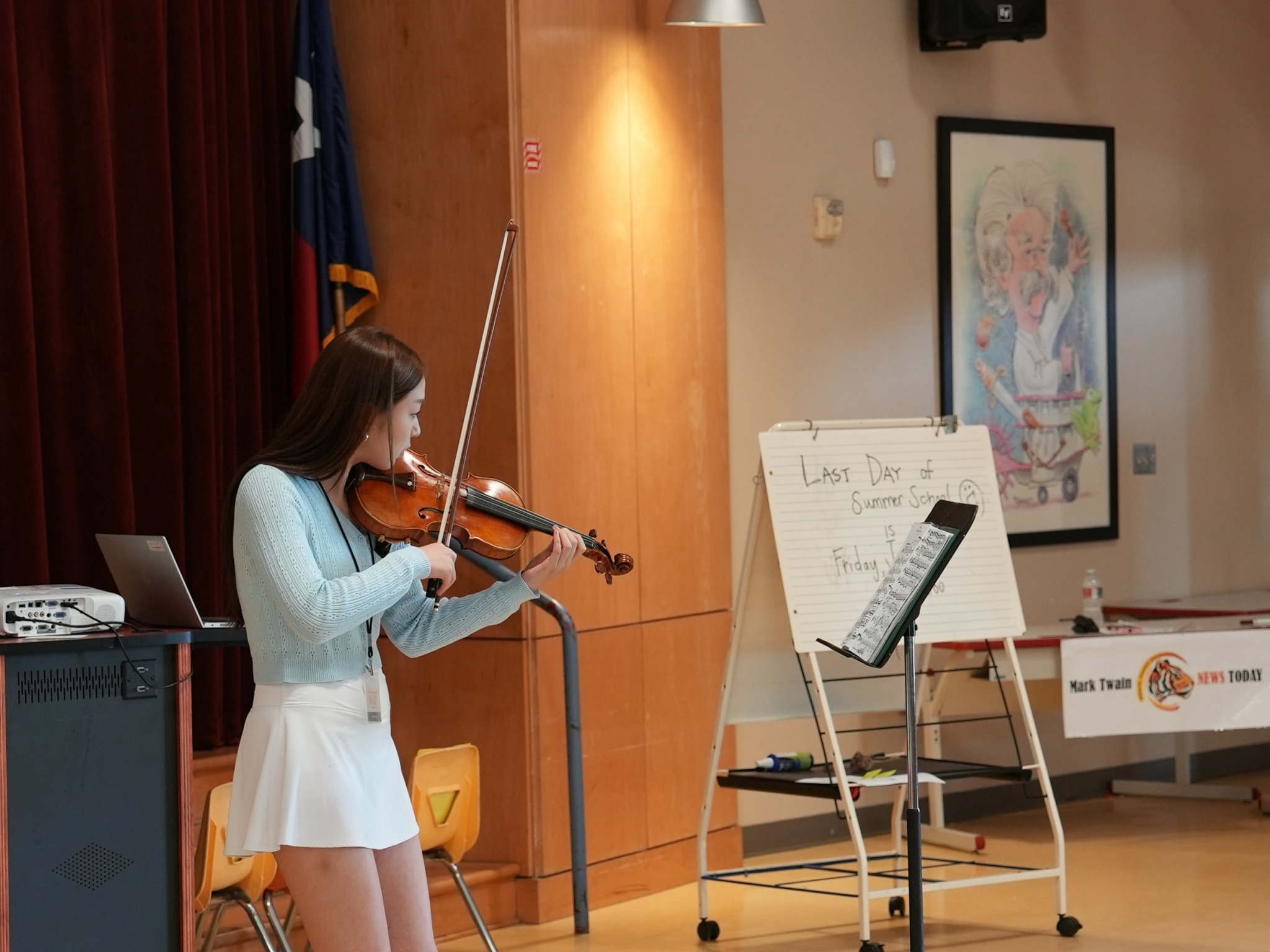
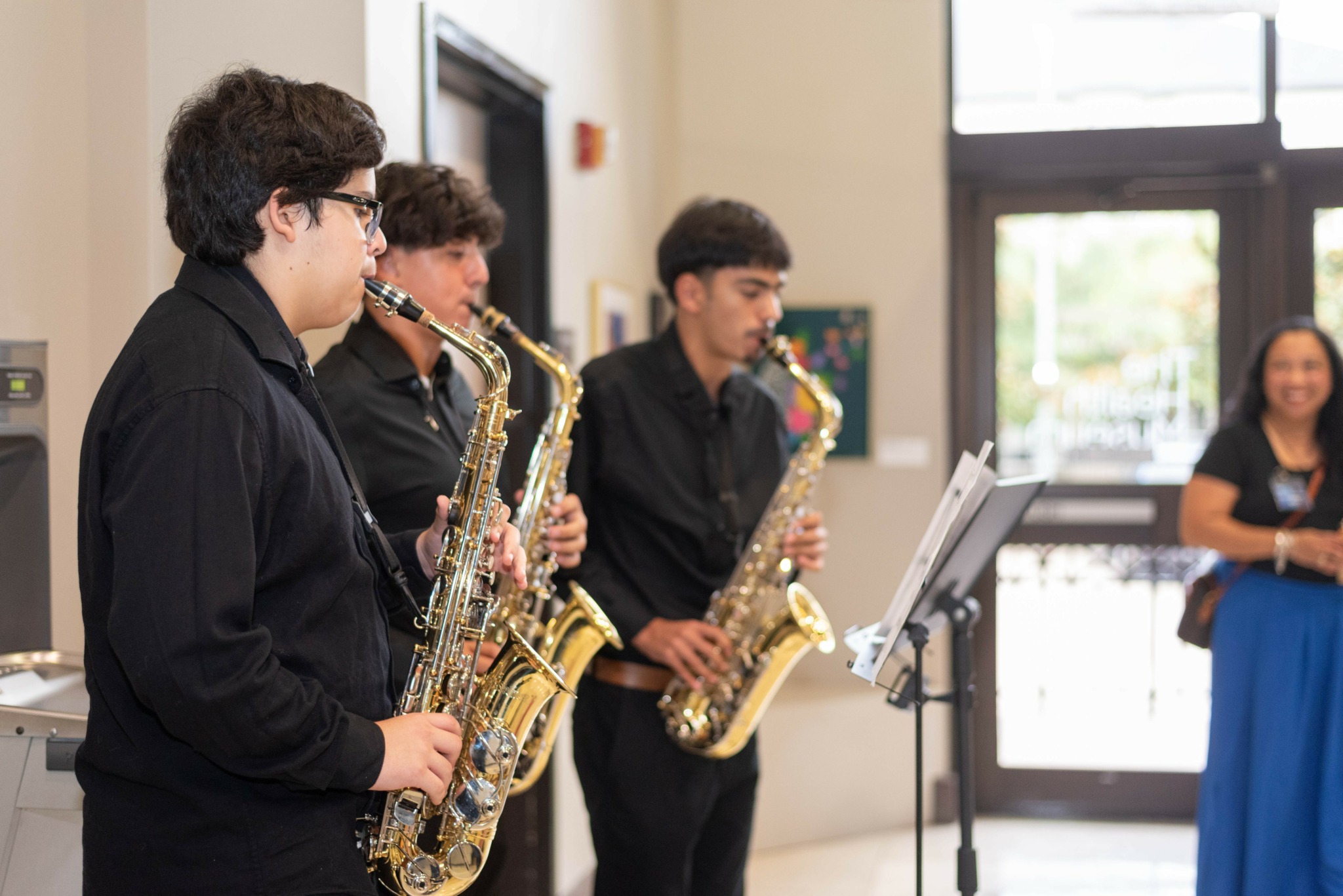
We’d love to hear a story of resilience from your journey.
When Music as Medicine started growing rapidly, I worried we might lose the heart behind our chapters and events—becoming organizations that look polished on the outside but lack true meaning. Looking back, I think that fear pushed us to stay strong and focused on quality.
One example is coordinating our big holiday concert, which required an immense amount of dedication. I was juggling school, college applications, and my other extracurriculars, so my early mornings, weekends, and even school time was dedicated towards organizing the concert. I was spending the bulk of my time recruiting top student musicians, communicating with our leadership, hospital administrators, and physicians, and managing countless details: venue logistics, décor, advertising, photography, food, merchandise, and more. I remember during the three days leading up to the concert, we made a total of 21 trips to the local craft stores, millions of edits in our presentations and scripts, and countless trips around Houston to advertise our event. It felt overwhelming at times, but we kept pushing.
When over 400 guests showed up and we raised $300,000, it was a powerful reminder that all the hard work and late nights paid off. That funding has since helped us build the next generation of music healers—donating instruments, hosting workshops, and sponsoring free lessons for underprivileged students through our Music for Change Foundation.
There’s so much effort behind what people see on our website and social media. Each chapter spreads this impact in their own communities, creating a real butterfly effect. This journey has taught me to lead with compassion and purpose, ensuring our nonprofit stays truly engaged beyond just being a student-led organization.
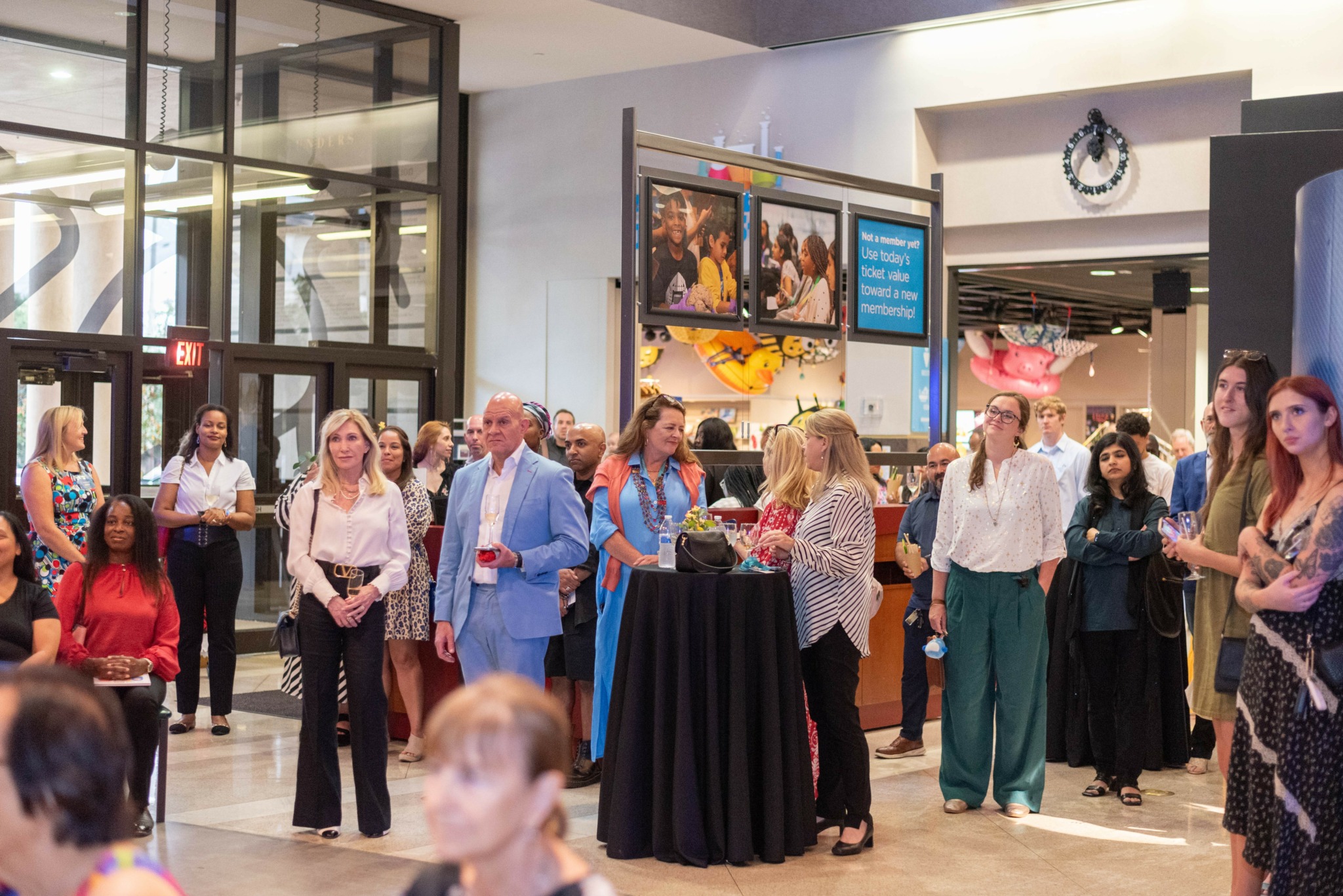
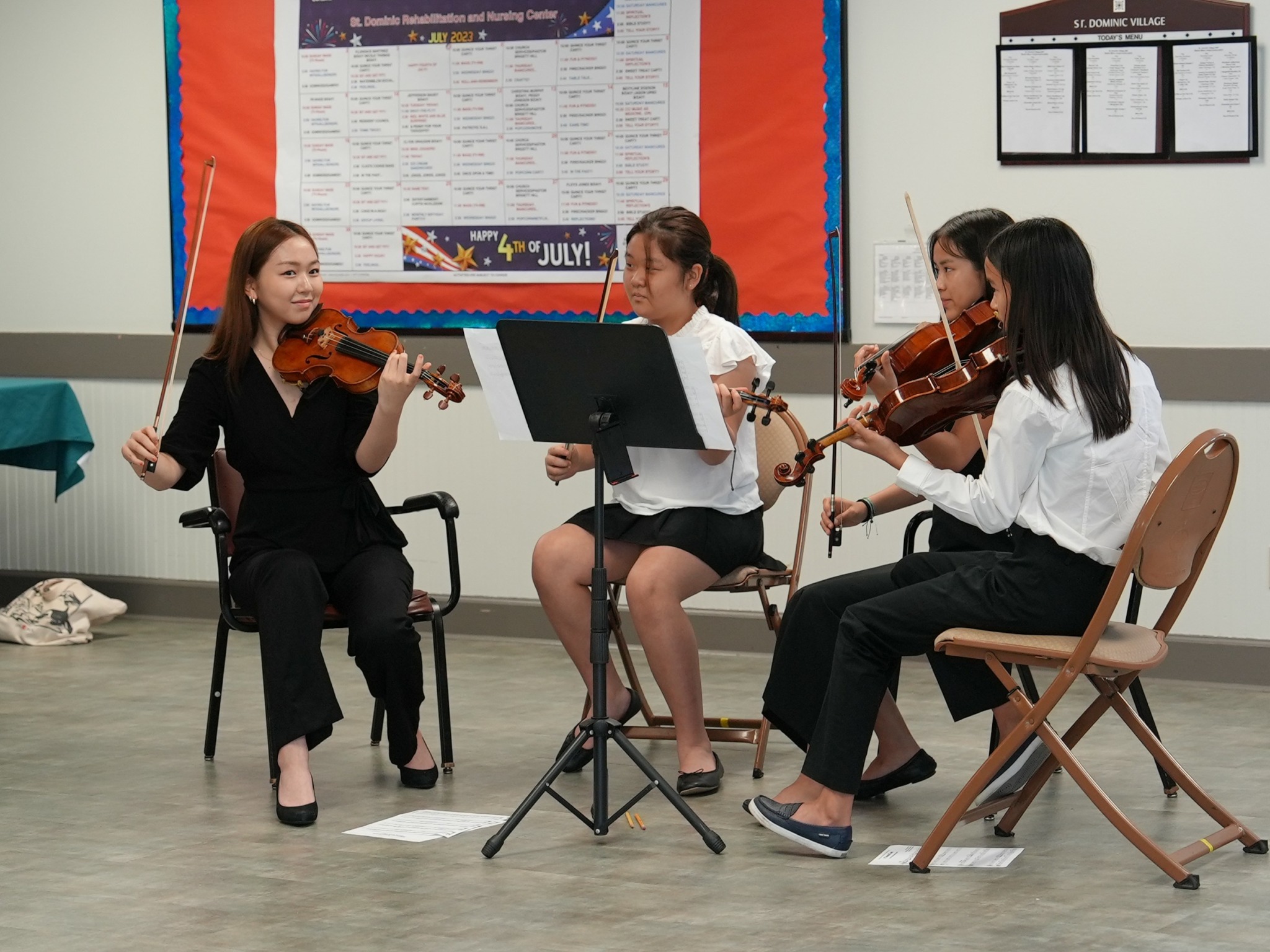
How do you keep your team’s morale high?
As a leader, I believe it’s essential to recognize the value of every individual on the team. Especially during busy times like fall, when we’re onboarding new members and planning fundraisers, it’s easy to forget the person behind the role. Remembering that we’re all united by a shared mission—to promote the wellbeing of the patients we serve—helps us lead with compassion. In a student-led organization, it’s also important to acknowledge that leadership can get busy, so delegating tasks effectively is key.
Clear communication is critical. Since we manage events at school, state, and national levels—and are aiming to expand internationally—having coordinators at each level who understand not just their responsibilities but also the bigger vision keeps everyone motivated and focused.
But beyond structure, Music as Medicine is more than an organization—it’s a family. As a part of the MAM FAM, when we travel for events, I always make sure to schedule time for fun and bonding. Building genuine friendships along the way makes managing the team feel less like work and more like collaboration with friends. And honestly, working with friends makes everything smoother.
Contact Info:
- Website: https://musicasmed.org
- Instagram: @musicasmed


